DEFINING SMART AND SUSTAINABLE CITY - Cheng said smart and sustainable cities are urban areas that are resilient habitats for existing populations without compromising the capability of future generations.
“These cities are built with consideration for social, environmental impact and economic progress (people, planet and progress) and make the future the purpose of the present. It has been estimated that more than two-thirds of all humanity will be living in cities... that’s 6.5 billion people.
“Sustainable development cannot be achieved without significantly transforming the way we build and manage our urban spaces. In fact, Goal 11 of the United Nation’s 17 SDGs (sustainable development goals) towards creating a future with no one left behind is sustainable cities and townships.”
In Malaysia, as more attention has been given to improving the way people build and manage their urban spaces in the recent years, Sunway is in a unique position to capitalise on the convergence of three parallel trends—digital revolution, circular economy transition and urbanisation—as it has diverse business verticals as well as capabilities across a full real estate value chain, said Cheng.
“The possibilities are endless. If Sunway can merge these three trends through the Sunway Smart Sustainable Cities Initiative, we will directly impact 500,000 of the population. This is the projected combined population for integrated cities of Sunway City KL, Sunway City Ipoh, Sunway Iskandar, Sunway South Quay, Sunway Velocity, Sunway Damansara, Sunway Penang and the upcoming Sunway Valley City to start with.
“And with this start, with this transitioning its urban spaces into circular, intelligent cities, Sunway has the opportunity to deliver widespread socio-economic and environmental benefits with the potential to positively impact some 15.5million people in these urban conurbations, both direct and indirect,” he said.
This is equivalent to almost half of Malaysia’s entire projected population of 32.4million by next year and will positively impact economic growth in states, contributing 60 per cent to Malaysia’s gross domestic product, added Cheng.
.jpeg)

_PH_Banner_(Desktop)(1200x180px).png)
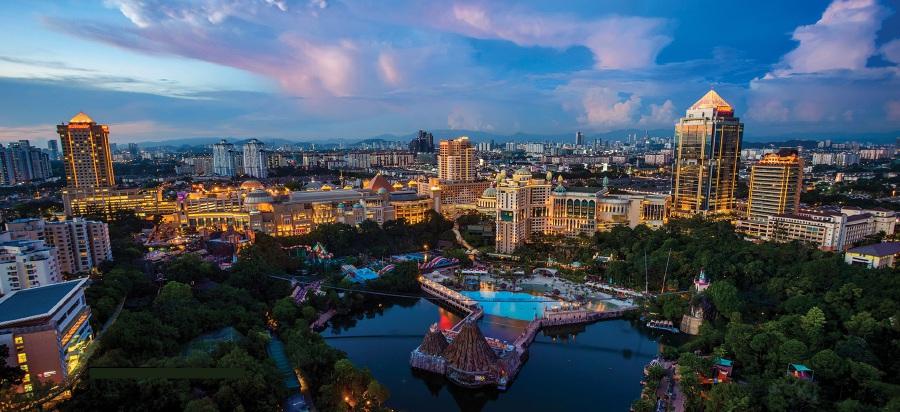


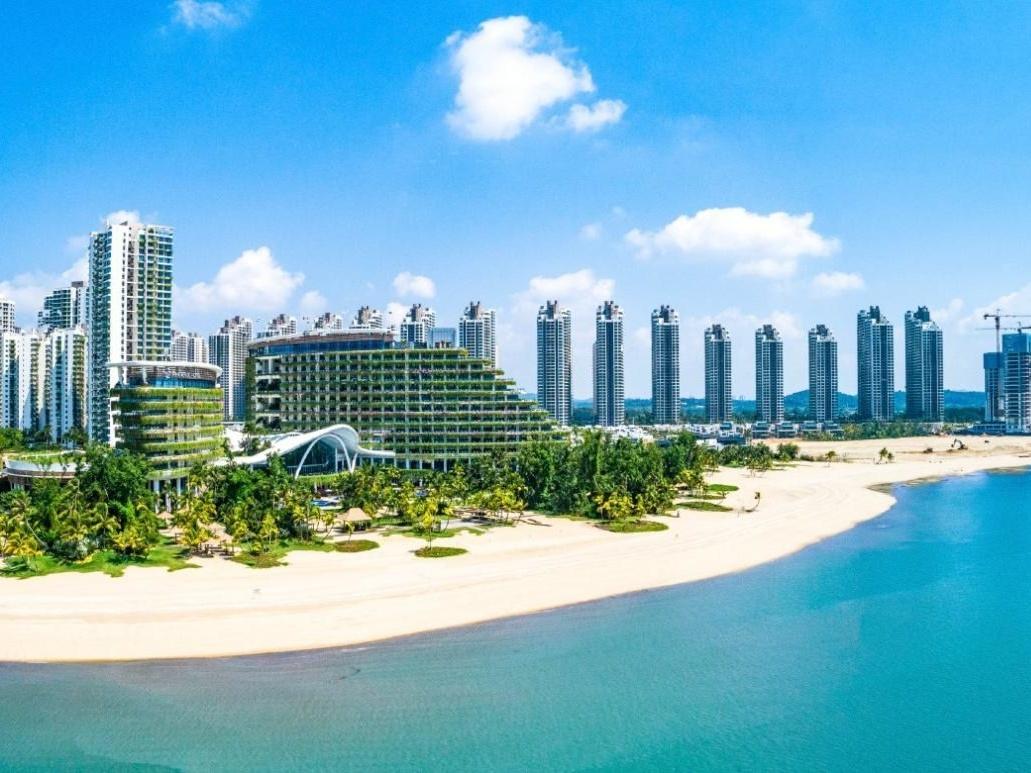
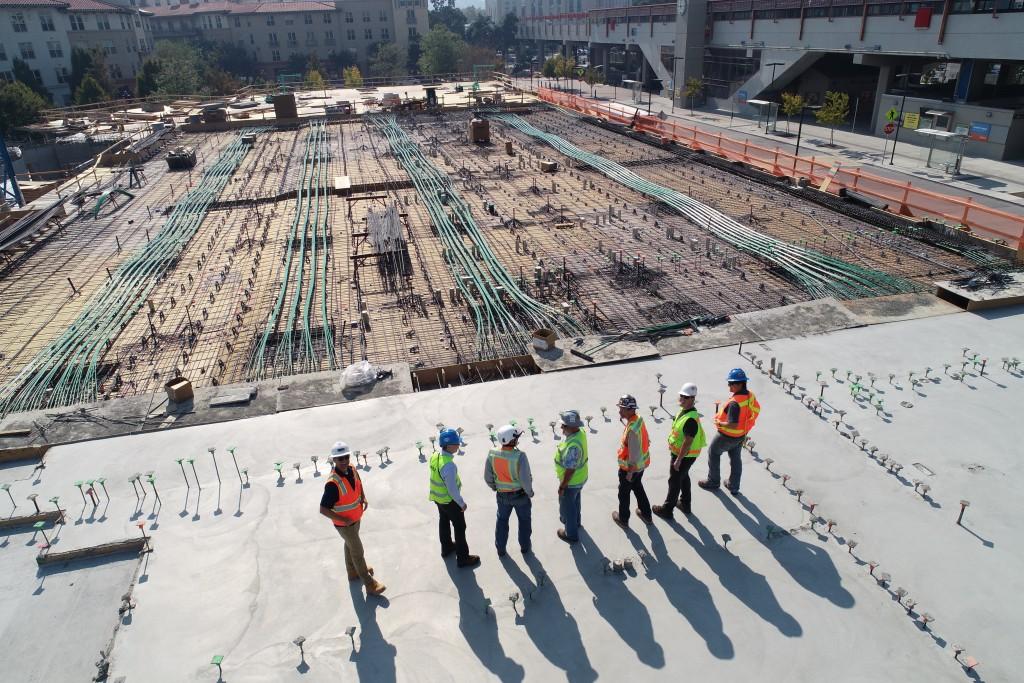
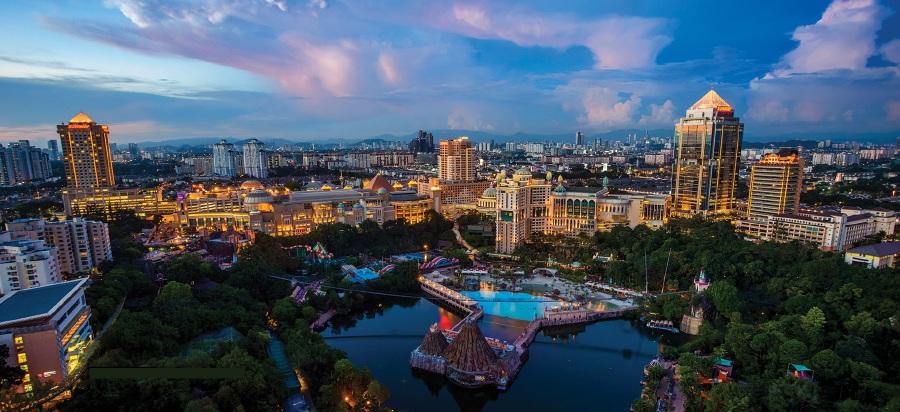
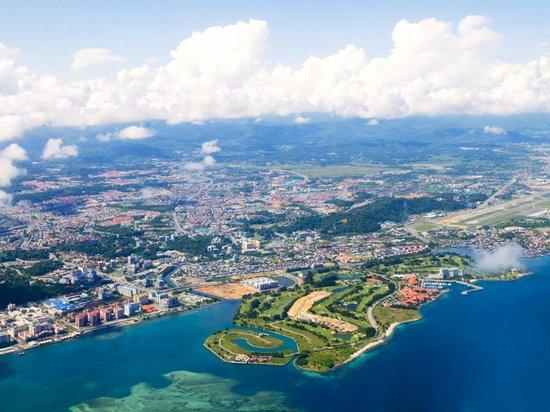
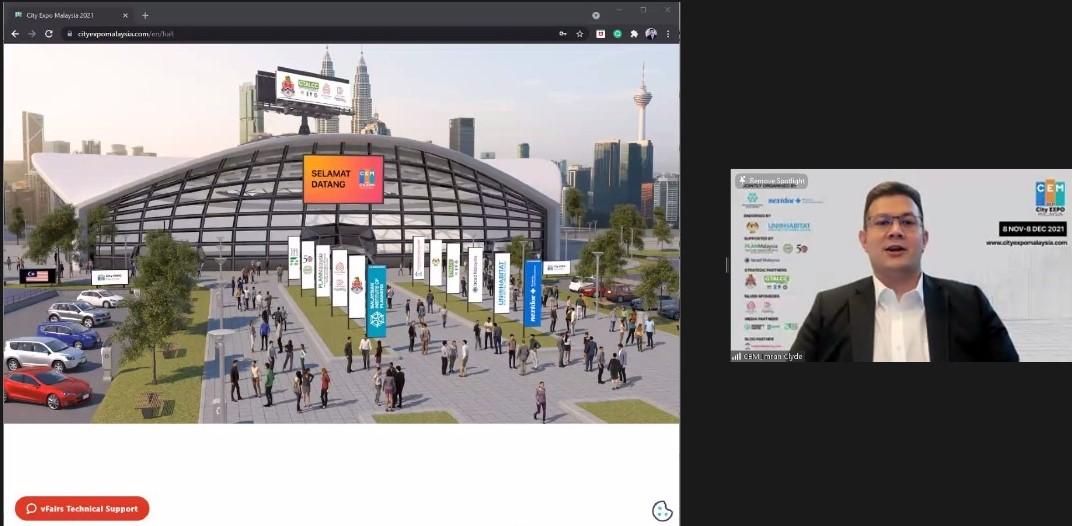


.jpeg)
